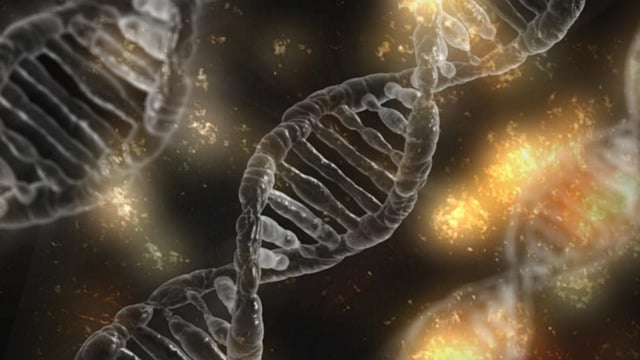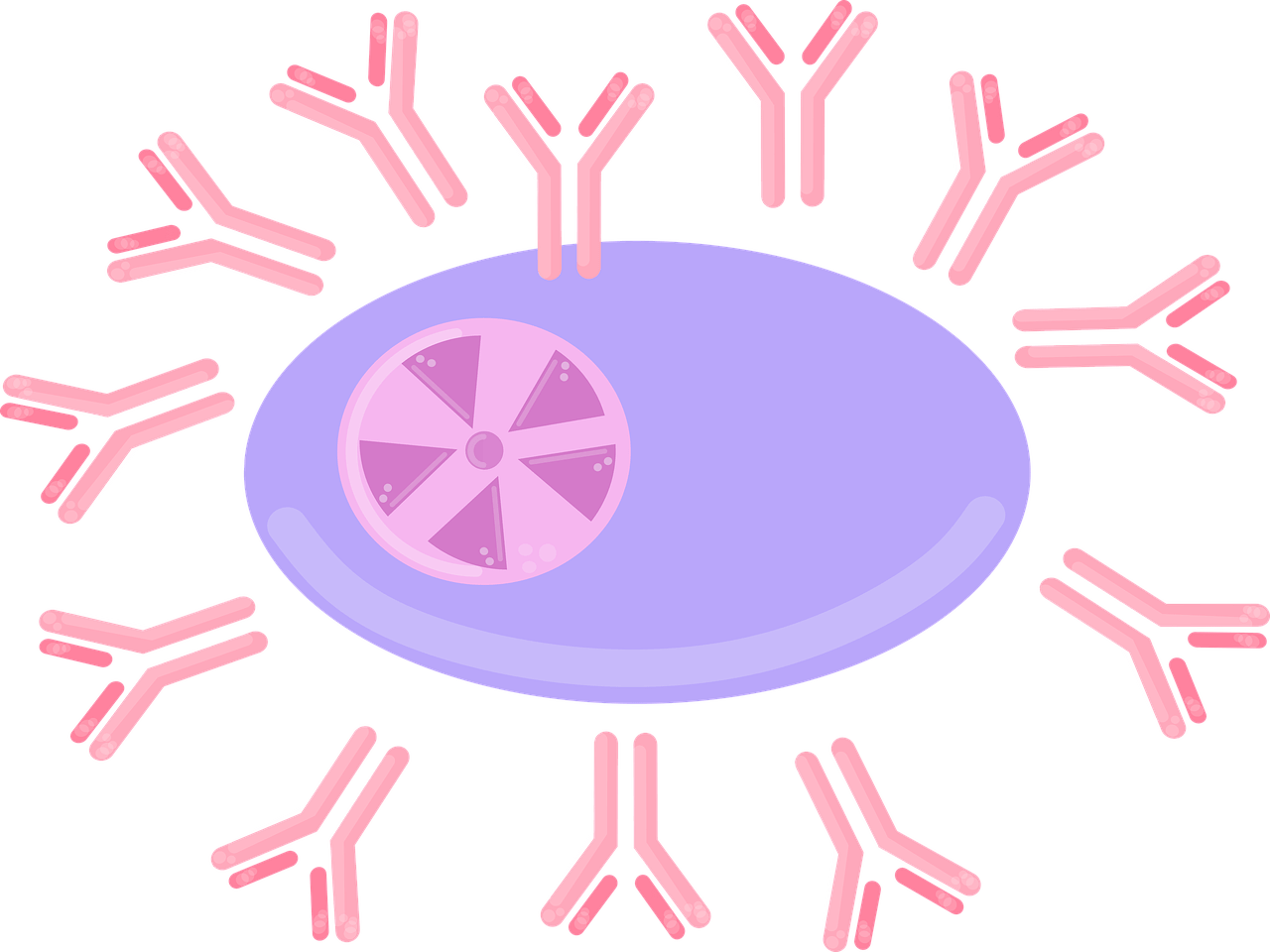
Monoclonal antibodies are highly specialised protein molecules that has found wide-ranging application in biotechnology and an analytical biochemistry. Of all the advances that have been made in the bioprocessing industry, the rise of monoclonal antibodies has been the emerging force. They are one of the most successful classes of drugs in modern medicine (Saha et al., 2025).
Antibodies – What are they?
The antibody is a specialised protein used by the immune system to identify and neutralise foreign bodies and objects. These include viruses and bacteria.
Antibodies recognise a specific antigen unique to its target.
Owing to their high specificity in recognition, antibodies make excellent tools for detecting and quantifying a vast range of targets which not only include bacteria and virus but also specific drugs, serum proteins and other microorganisms.
Using in vitro assays, antibodies are also used to precipitate soluble antigens, to clump or agglutinate cells, to opsonise and kill bacteria with the assistance of complement, and to neutralise toxins, drugs and viruses.
Antibodies generally bind to specific regions on the antigen known as an epitope. A single antigen may have multiple epitopes which can all be identified and bound to by different and specific antibodies.
Monoclonal and Polyclonal Antibodies
Monoclonal antibodies are identical to each other because they are produced by one particular type of immune cell known as a B cell (B lymphocyte). These B lymphocytes are all clones of a single parent cell.
Polyclonal antibodies are less valuable because these are antibodies from multiple clones of B lymphocytes. In other words, these polyclonal antibodies are derived from different B lymphocyte cell lines. They bind to a number of different epitopes. The issue is batch to batch variation which affects antibody reactivity and titre.
An example of this type of protein is IV Immunoglobulin.
Polyclonal antibodies are not useful tools in clinical diagnostic testing.
The monoclonal antibodies on the other hand, provide an inexhaustible supply of an antibody with targeted recognition. They are produced reproducibly with great prediction. These have led to the development of secure defined immunoassay systems in quantitative clinical diagnoses.
The Power of Hybridoma Technology
One of the reasons why monoclonal antibody technology is is so powerful is because of the creation of hybridomas. These are a merger of the specific B lymphocyte with a tumour cell called a myeloma. The cell produced is a hybridoma.
Myelomas are immortal and have a capacity for overproduction of proteins. The fusion with a B lymphocyte in producing a hybridoma means antibody production is continuous and at a high level.
If hybridomas were not formed, culturing B lymphocytes would mean that monoclonal antibody production was too meagre to be economic.
Myelomas are peculiar cells because they have lost the ability to synthesize an enzyme needed for the salvage synthesis of nucleic acids. The enzyme is hypoxanthine-guanine-phosphoribosyl transferase (HGPRT). The hybridoma on the other hand is able to synthesize purines using an extracellular source of hypoxanthine as the substrate because it possesses the enzyme acquired from the B lymphocyte.
To select for hybridoma cells means using a selective culture medium called HAT medium. The acronym is hypoxanthine, aminopterin and thymidine. The unfused myeloma cells are unable to grow as they lack the HGPRT. Unfused normal spleen cells cannot grow indefinitely because of their limited life span.
How are monoclonal antibodies prepared?
- A mouse is immunized (injected) with the antigen of interest.
- The rodent generates antibodies in response using particular cells.
- The immune cells are isolated from blood samples taken from the rodent.
- These antibody producing cells are fused with specialised tumour cells to form hybridomas.
- The hybridomas are screened for the production of a particular antibody.
- The desired hybridomas are selected and cloned.
- Through clonal expansion, a large enough body of cells are cultivated to produce the monoclonal antibodies.
Types of Monoclonal Antibodies
Murine monoclonal antibodies
These antibodies are derived from mice and are the earliest type of monoclonal antibodies developed. Murine mAbs have a fully mouse-derived structure and are effective in binding to target antigens. However, they have limited clinical use due to their immunogenicity, which can trigger an immune response when administered in humans.
Chimeric monoclonal antibodies
Chimeric mAbs are a hybrid of mouse and human antibodies. They are engineered by replacing the mouse constant region of the antibody molecule with a human constant region, while retaining the mouse variable region responsible for antigen recognition. This modification reduces immunogenicity and improves the compatibility of the antibody with the human immune system, making them more suitable for therapeutic use.
Humanized monoclonal antibodies
Humanized mAbs are further modified versions of chimeric antibodies. They are created by grafting the complementarity-determining regions (CDRs) of the mouse antibody onto a human antibody framework. This process retains the antigen-binding specificity of the original mouse antibody while minimizing the presence of mouse components. Humanized mAbs exhibit reduced immunogenicity compared to earlier versions, making them more compatible with the human immune system.
Fully human monoclonal antibodies
Fully human mAbs are antibodies that are entirely derived from human sources. They can be obtained using various techniques, such as transgenic mice that carry human antibody genes or through in vitro antibody generation methods. Fully human mAbs have the advantage of being highly compatible with the human immune system, reducing the risk of immunogenicity and enhancing their therapeutic efficacy.
Bispecific monoclonal antibodies
Bispecific mAbs are designed to simultaneously bind to two different antigens. They are engineered to have two antigen-binding sites, each targeting a distinct molecule. Bispecific antibodies can be used to redirect immune cells to tumor cells, enhancing the immune response against cancer. They can also be used to simultaneously inhibit multiple disease pathways or engage two different components of the immune system for enhanced therapeutic effects.
Antibody-drug conjugates (ADCs)
ADCs are monoclonal antibodies that are conjugated to a cytotoxic drug. They are designed to selectively deliver the drug to target cells expressing a specific antigen, such as cancer cells. The antibody component recognizes and binds to the target antigen, allowing the cytotoxic drug to be delivered specifically to the desired cells, reducing systemic toxicity and improving therapeutic outcomes.
These are some of the major types of monoclonal antibodies used in medicine. Each type has its own advantages and applications, and ongoing research and development continue to expand the range of therapeutic options using these powerful biologic agents.
To conclude, monoclonal antibodies then are extremely potent tools in biotechnology and one of the major reasons for advances in this particular field. The big question is what’s next for these biomolecules. Antibody processing is often centre stage in bioprocessing conferences and summits. Any advances here will continue to allow the next generation of biological medicines through the emergence of a many new product modalities.

Leave a Reply